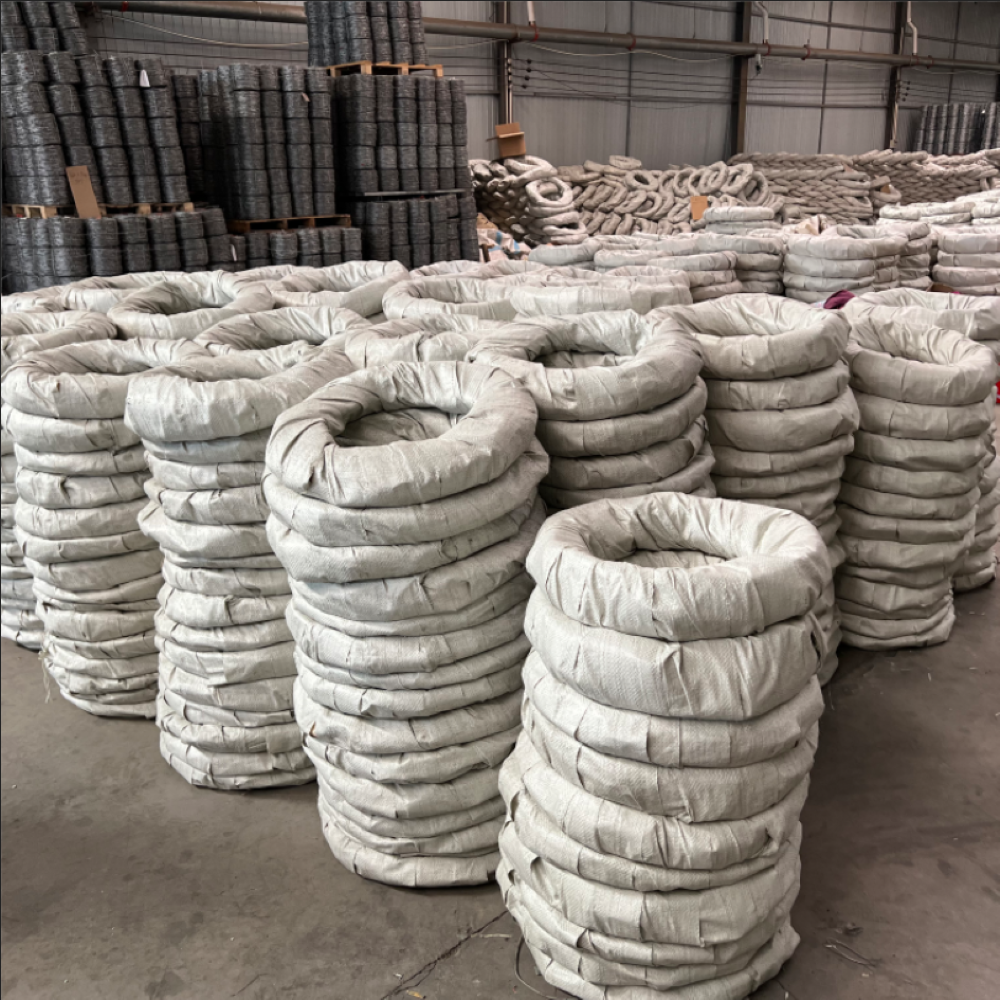binding wire iron
The Utility and Versatility of Binding Wire in Construction
Binding wire, often composed of iron or steel, plays an indispensable role in construction and various industrial applications. This thin yet mighty material is widely utilized for binding, tying, and reinforcing, making it a crucial tool among builders and craftsmen alike. This article delves into the significance, applications, and various characteristics of binding wire, emphasizing its role in modern construction practices.
What is Binding Wire?
Binding wire is a flexible, sturdy wire made primarily from iron or steel. With a typical diameter ranging from 18 to 22 gauge, it strikes the perfect balance between durability and ease of handling. It is usually available in coils or spools, allowing for easy dispensing and storage. The wire is often galvanized to resist corrosion, thereby increasing its lifespan and effectiveness in outdoor or moisture-laden environments.
Key Characteristics
1. High Tensile Strength Iron binding wire has substantial tensile strength, making it reliable for holding materials together under tension without breaking or stretching excessively. This characteristic is paramount in construction, where stability and safety are critical.
2. Flexibility While strong, binding wire is also remarkably flexible, allowing it to be bent and shaped as needed without compromising its integrity. This property makes it ideal for a wide range of applications where adaptability is necessary.
3. Corrosion Resistance Galvanized binding wire offers enhanced resistance to rust and corrosion, which is especially beneficial in humid or wet environments. This feature prolongs its life and ensures that structural elements remain intact over time.
binding wire iron

Applications in Construction
1. Reinforcement of Concrete One of the most common uses of binding wire is in the reinforcement of concrete structures. During the construction of buildings, bridges, and roads, iron rebar is often used. Binding wire is employed to tie the rebar together, ensuring that the reinforcement remains securely in place during the pouring of concrete. This method improves the overall strength and durability of the concrete structure.
2. Wooden Frameworks In timber construction, binding wire is frequently used to secure wooden beams and supports together. It provides additional stability, helping to reinforce joints and ensuring that the framework is both robust and well-aligned.
3. Fencing and Landscaping Binding wire is often utilized in landscaping and fencing applications. It is used to secure plants to trellises, bind fencing materials together, and create decorative garden structures. Its flexibility allows for creative designs while maintaining the integrity of the overall structure.
4. Electrical Installations In the electrical industry, binding wire can be used to secure electrical conduits and cables. This ensures that wires remain neatly organized and minimizes the risk of accidental damage that could cause shorts or other electrical issues.
Conclusion
Binding wire, particularly in its iron form, is more than just a simple tool; it is an essential component of modern construction and various industrial processes. Its high tensile strength, flexibility, and corrosion resistance make it suitable for diverse applications, from reinforcing concrete structures to supporting wooden frameworks and aiding electrical installations. As construction methods continue to evolve, the role of binding wire will likely become even more significant, reflecting advancements in materials and techniques.
For anyone involved in construction or industrial work, understanding and utilizing binding wire effectively is key to ensuring structural integrity and safety. Whether you’re a professional contractor or a DIY enthusiast, binding wire should be a staple in your toolkit. With its myriad applications and undeniable importance, binding wire remains a cornerstone of construction and maintenance, proving that sometimes, the simplest materials can have the most profound impact on our built environment.
-
Space-Saving Chain Fence Hacks Vertical Gardening with Cyclone MeshNewsJul.16,2025
-
Innovations in Iron Nail Wire Production for Modern ConstructionNewsJul.16,2025
-
Creative Uses of Wire Netting Fence in Modern Landscape DesignNewsJul.16,2025
-
Barbed Wire Fence Innovations in Anti-Climb TechnologyNewsJul.16,2025
-
Architectural Uses of Umbrella Nails for Aesthetic Roof DesignsNewsJul.16,2025
-
Architectural Uses of Razor Barbed Wire in Secure Urban DesignNewsJul.16,2025




